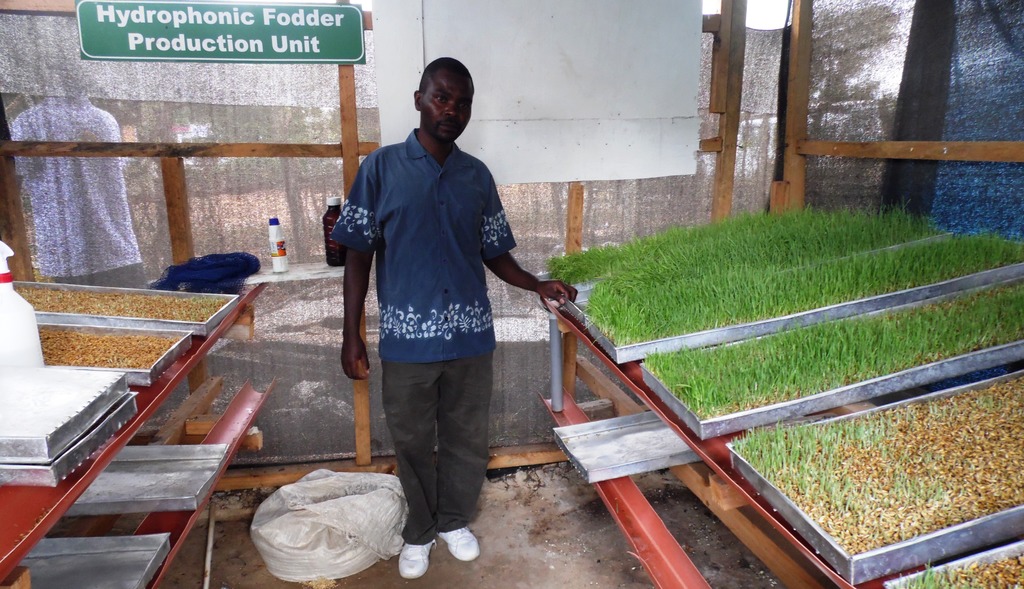Farmers growing hydroponic fodder for livestock can attain 100 per cent germination by washing the grains in ordinary laundry detergents.
Besides killing germs and other possible contamination, Mombasa County farmer and extension officer Justus Ndwiga said infected cereals may cause 20 per cent to 30 per cent germination failure.
Seeds and cereals that were not dried well before storage develop moulds, which grow into poisonous aflatoxins in the wet warm conditions.
“Plain water washing causes rotting materials to float for elimination. The remaining ones may be carrying other micro-organisms that may be activated during the germination to trigger rotting within the seven days of preparing the fodder. If the active parts are ‘alive’ they will germinate,” he said.

Moulds are dangerous to fodder feeds because they can trigger aflatoxin poisoning, which may kill cattle.
About 10ml of the detergent like Jik is sufficient in cleansing grains in a 20litre bucket of clean water.
However, the cereals must be rinsed properly with clean water again before packing into the trays for germination.
READ ALSO: Father of hydroponics rakes fortunes with mixed farming
Maize, wheat, sorghum and barley are the commonest cereals used for hydroponic fodder. They are harvested after seven days for feeding dairy livestock.
The one foot by four feet stray can hold two kilos of wheat, which has been soaked for eight to 10 hours.
Soaking allows for water to seep into seed to activate enzyme to trigger food breakdowns and germination.
Although specials rooms are required for the propagation of the fodder, a temporal shed net structure costing about Sh20,000 can be set up to create the greenhouse effect.
READ ALSO: Fact sheet on how to grow hydroponic fodder
Temperatures in greenhouses range from 60 degrees Celsius to 80 degrees Celsius.
The nets are black and their ‘eyes’ are thin, therefore, they create a film of hot air in the structure.
Moisture from the ‘breathing’ grains keeps the air wet. the trays must be watered thrice a day. excess water drains through the holes at the teppering ends of the trays.
A structure of 4m by 4m by 3m can host three storeys of layers totaling to 64 trays.
One kilo of maize can give six kilos of hydroponic fodder for livestock.
PHOTO: Mombasa County extension officer and farmer inspects demonstration fodder trays at the Mkomani Show Ground on September 3, 2016 during the Mombasa International Agricultural Society of Kenya Show 2016. He said washing fodder cereals can lead to 100 per cent germination. PHOTO BY LABAN ROBERT.
















Comments powered by CComment